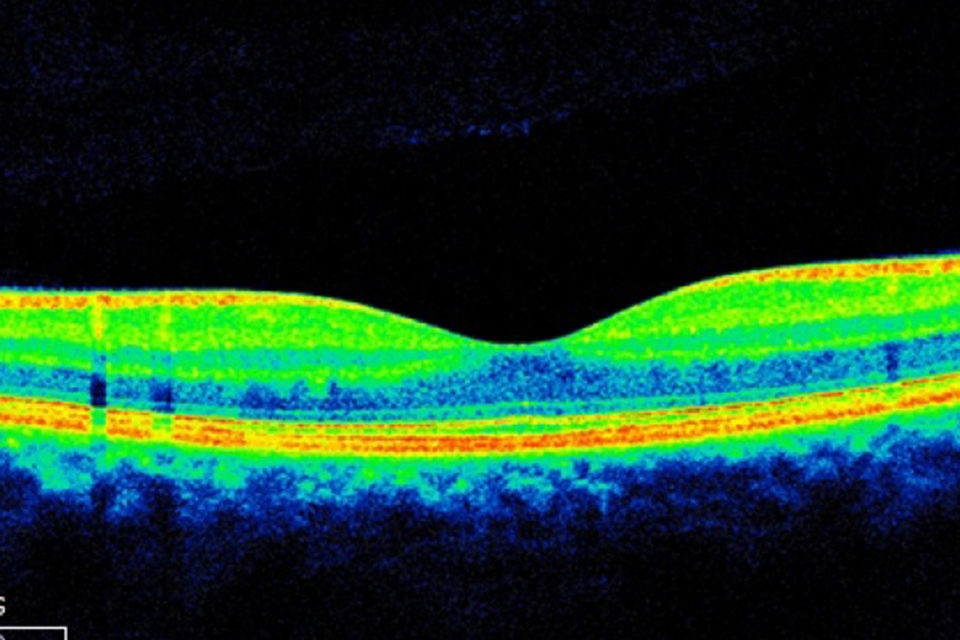Dr. Elena Biffi: Can the retina be a clue in early diagnosis of neurocognitive disorders?

“Could optometry unlock secrets to cognitive health? What the research says” is an article published by the American Optometric Association (AOA) on the brain-eye connection.
The article features Dr. Elena Biffi‘s research on the use of retinal imaging for the early diagnosis of age-related brain disorders as part of an emerging body of research on the topic. Influenced by her own experiences plus her expertise in retinal imaging, Dr. Biffi started to explore using the retina for earlier diagnosis.
Read the full article on the AOA website. Excerpts:
- “As for Dr. Biffi’s research with OCT and CSVD—for which she received AOA’s Investigator-Initiated Research Award—this moment could herald a paradigm shift for the detection of neurocognitive diseases, and optometry stands to play a significant part.
- “If we can utilize noninvasive technology to detect changes with vasculature and neurons, we have the ability to potentially diagnose these diseases much earlier than we can now,” Dr. Biffi says.”
- In addition to other imaging, the proliferation of OCT in many optometry practices has given doctors unprecedented access to structural information in an easy, noninvasive manner. Whereas OCT-SD (spectral domain) provides that quantitative data of specific retinal layers, newer OCT-A also offers an in vivo-look at the retinal microvasculature. Hence, Dr. Biffi’s ongoing research into CSVD and vascular dementia.
- Similarly, Dr. Biffi’s research looks to many of the same biomarkers as AD—RNFL and GCL thickness, for instance—as well as key functional changes that affect the perfusion of blood vessels, i.e., blockages or thicker density. Ultimately, evidence correlates perfusion density in the retina with MRI-measured CSVD in the brain, potentially providing a chance to detect and intervene against ischemia or hemorrhaging. It’s a new era of interdisciplinary care.
Dr. Biffi received the AOA’s Investigator-Initiated Research Award for her research focusing on the use of optical coherence tomography (OCT) and cerebral small vessel disease (CSVD).